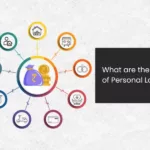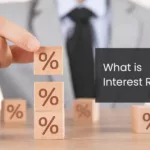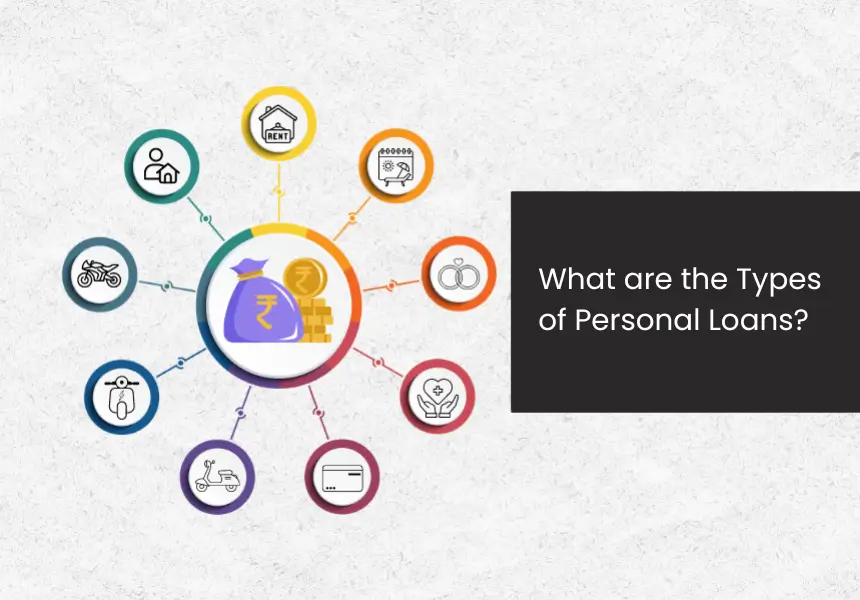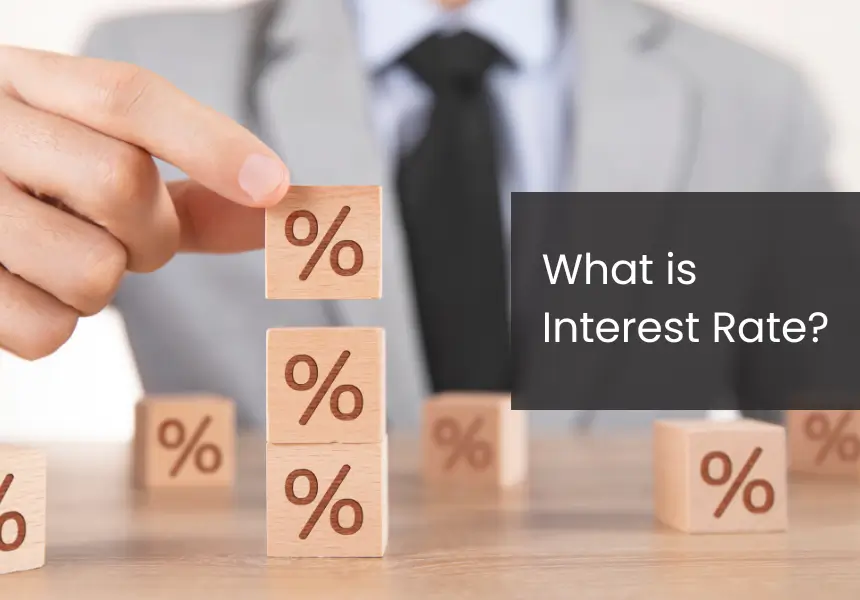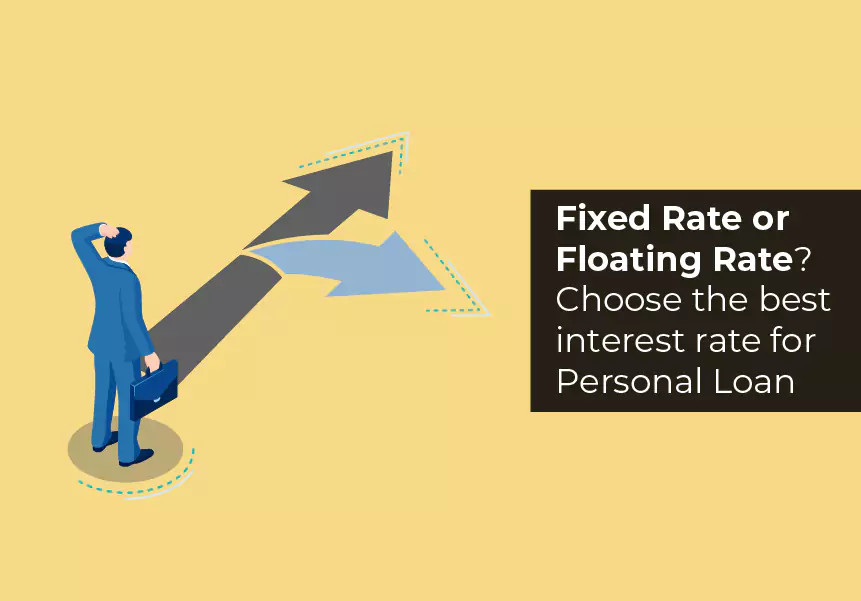
If you are in the market for a financial loan, you need to be aware of the terms fixed interest and floating interest.These are important terms that you need to consider before signing the personal loan agreement because they have an impact on your EMI.
Before you decide which one to opt for, let us try to understand the features of both types.
What is meant by Fixed Interest Rate?
Fixed interest rate is exactly what it means – the interest rate remains fixed throughout the duration of the loan. It does not change even if there are changes in the RBI policy or in the bank’s lending rates.
What are the benefits of a fixed interest rate?
If you opt for a fixed interest rate, it will remain constant throughout the tenure and will not be impacted by market conditions. So, your EMI will remain fixed which will help you to plan your monthly budget and your cash outflows. This helps avoid fluctuations, instead providing a consistent EMI schedule throughout the tenure.
What are the drawbacks of a fixed interest rate?
Fixed interest rates are usually pegged 1-2.5% per month higher than the floating interest rates by most banks and NBFCs. Even if the rates are cut by RBI, the borrower will have to continue the EMIs at a higher rate. Some loans have a fixed rate only for the initial years after which it is adjusted to market rates.
What can make a borrower choose a fixed interest rate?
Market at the end of a falling interest rate cycle
If the market is at the end of a falling interest rate cycle, it makes sense to lock in the loan at the lowest interest rate. Any possible interest rate hikes in future will have no impact on your personal loan.
Expectation of rate hike in the future
If you expect an interest rate hike soon, you can opt for a fixed interest loan at the current lower rate.
Preference for stability in EMI
If you do not like monthly fluctuations in the EMI, you may choose to go with a fixed interest rate.
What is meant by Floating Interest Rate?
A floating interest rate is one that changes with the market. The base rate is determined by the RBI and a variable element is added to it to arrive at the final rate. Whenever the base rate is changed by the RBI, the final interest rate changes by default.
What are the Benefits of Floating Interest Rate?
Floating interest rates are in line with the market and get impacted by the changes made by the RBI. You will have the benefit of lower rates in case the rates are cut. It will give you the satisfaction of not being stuck with a single rate throughout the tenure of the loan.
What are the drawbacks of Floating Interest Rate?
Floating interest rates are subject to changes by the RBI. For those who do not like fluctuations, constant changes may be a tad unsettling. You may end up paying more interest than you had planned for. This may impact your monthly budget and your investment decisions.
What makes a borrower choose a Floating Interest Rate?
Lower than FIxed Interest Rates
Floating rates are usually 1-2.5% lower than the fixed interest rates quoted by the same lender. This means that even if the rates are hiked by the RBI, there is a fair chance that it will still be lower than the fixed rate.
End of a Rising Interest Cycle
If the market is at the end of a rising interest cycle, it is better to opt for a floating interest rate because there is potential for a rate cut in the near future.
Expectation of Rate Cuts in the future
If you are expecting rate cuts to be announced by the RBi in the near future, you are better off opting for a floating interest rate.
Is it possible to switch from fixed to floating rates or vice versa?
All Banks and NBFCs provide borrowers with the option of switching from fixed to floating interest rates or vice versa. A nominal fee of 2% of the loan amount is charged for this conversion.
Depending on the amount and tenure of the loan, you can decide whether a fixed interest or a floating interest rate will work for you after taking into account where the market is placed with regard to the interest rate cycle. Just remember, choosing the right interest rate on your personal loan certainly helps you avail EMIs that best suit your monthly cash flows!
To know more about Interest rates on Personal loans read on – Guide to Different Types of Interest Rates – Flat vs Reducing Rate of Interest


